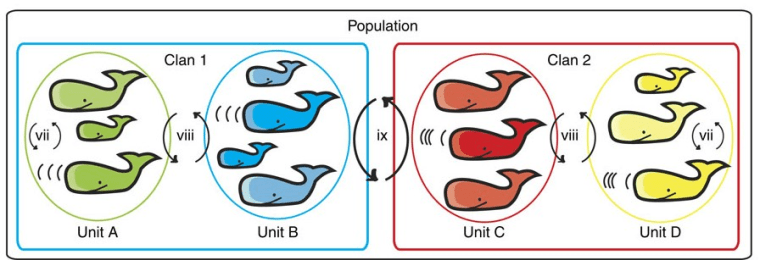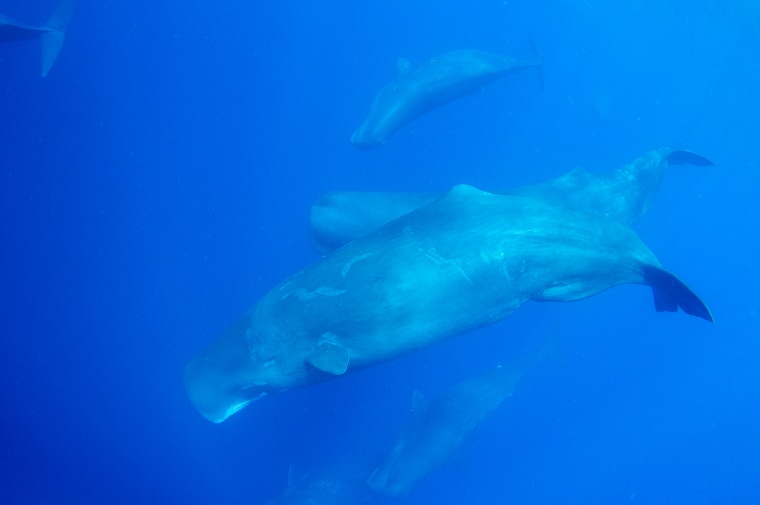Echoing through the ocean are the songs of innumerable whales, and while they all might sound vaguely similar to us humans, the subtle differences between them indicate regions of whale "culture": groups of like-minded individuals who happen to sing with the same local accent.
A study, published Tuesday in the journal Nature Communications, shows that these differences in whalesong, in particular among sperm whales, are learned deliberately by animals and families that share waters and habits with each other.
The University of Dalhousie's Mauricio Cantor and his team used 18 years of data collected near the Galapagos islands and formed a computer model to simulate interactions between individuals and groups.
Patterns observed in the wild would not have emerged, the study shows, if songs were simply being passed down genetically or picked up randomly. However, they would emerge if whales were selectively learning different song "dialects" to correspond to different groups — one for singing between individuals, one for the family, and one for a larger "clan" of whales with similar migration or hunting patterns.

This suggests "multi-level" social structures: large groups composed of smaller ones joining together voluntarily and communicating with surprising sophistication.
"These findings suggest that processes similar to those that generate complex human cultures could not only be at play in non-human societies but also create multilevel social structures in the wild," the study's authors wrote.
The discovery puts sperm whales among few other animals known to create such social structures: elephants, orca whales, primates and, of course, humans.

